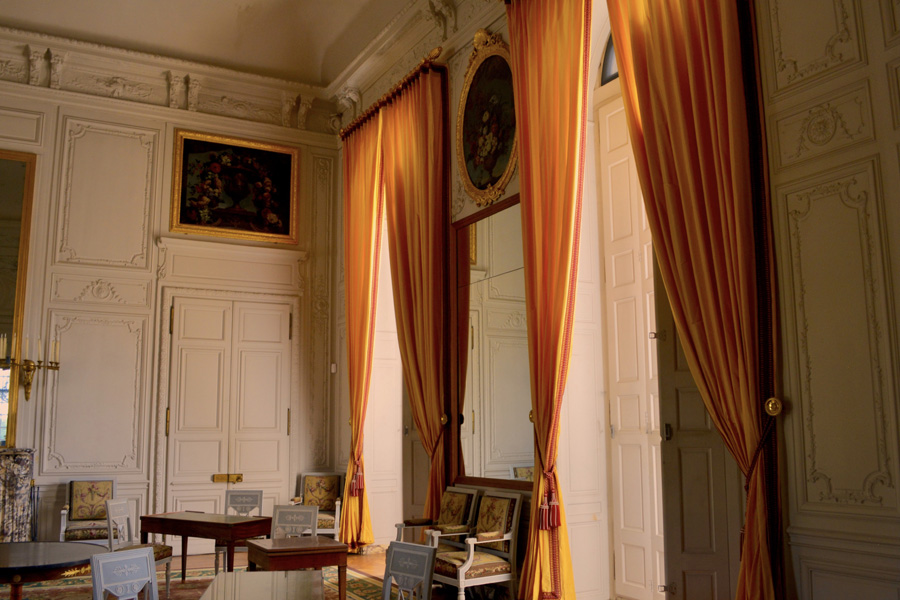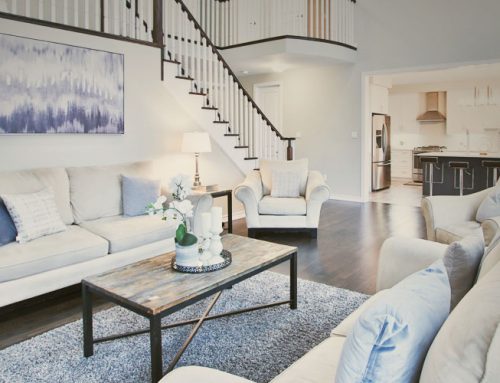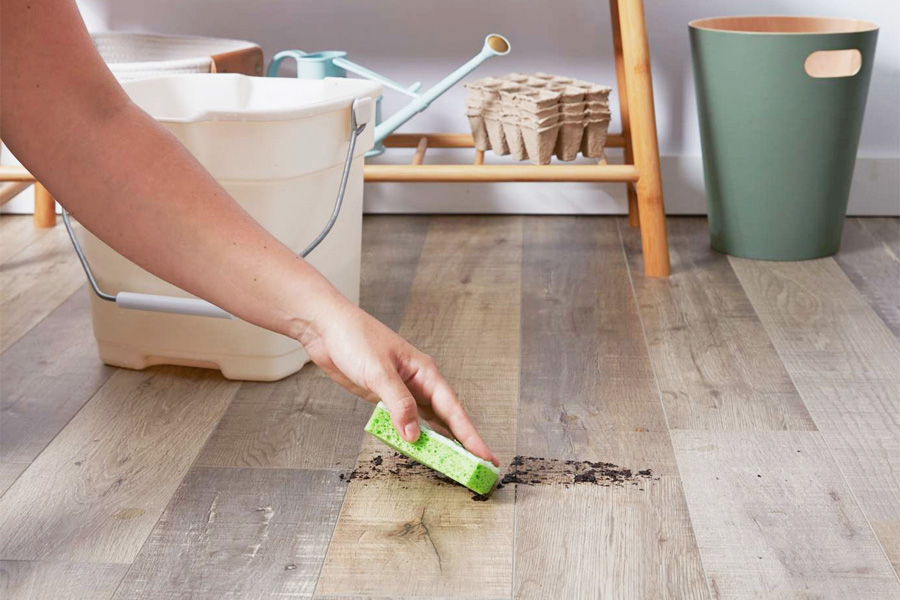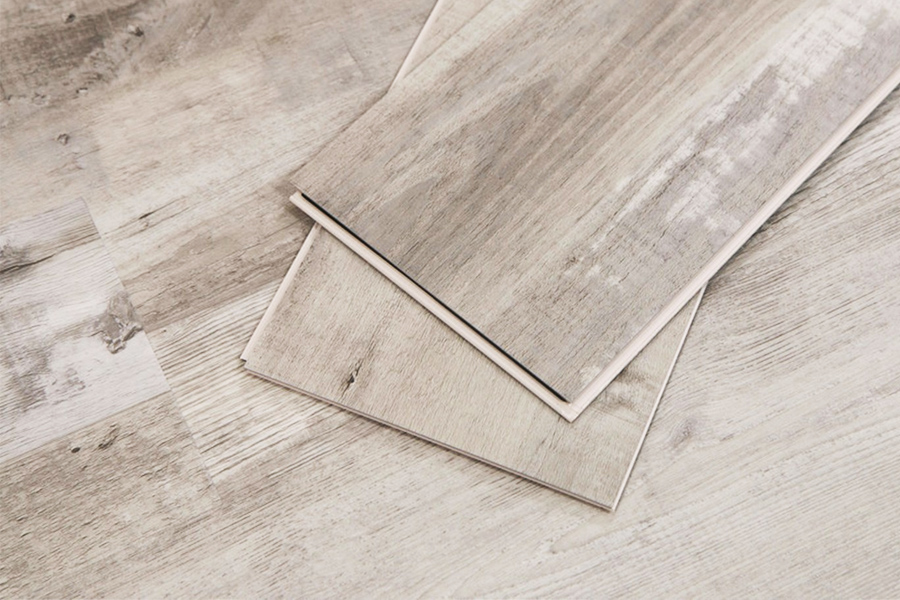Traditional style interiors are classic, timeless and weather the years with grace. They’re calm, orderly, and predictable and make use of tried and true decorating techniques. No matter what era your home, traditional style can be made to work for any taste and budget. By incorporating pieces that speak to your personality and lifestyle, you can play it safe while still making a statement. Follow the guides below to find out how this classic take on design can work in your space.
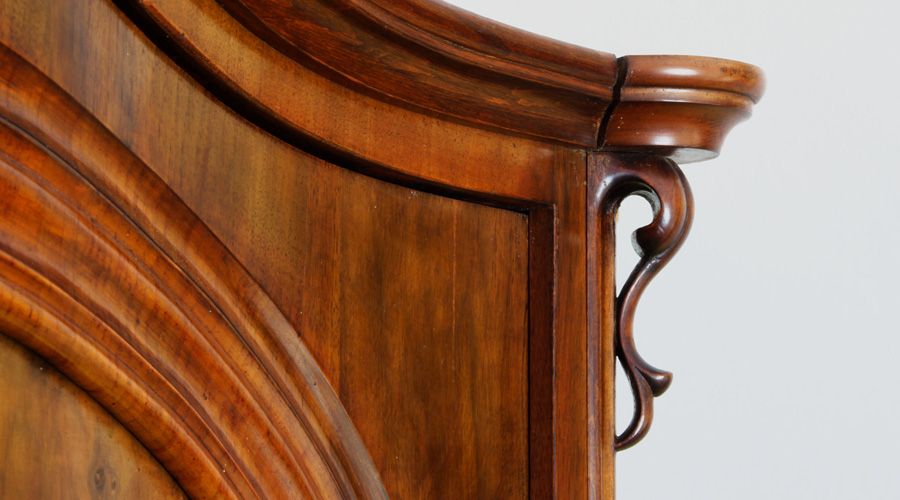
Furniture
Rather than anything too modern, minimal or cold, traditional furniture is often crafted from wood in rich stains with timeless detailing. Think patterned scrollwork, soft inlays and polished burls. For a coastal feel, lighter colors can also be used although they are less common. Invest in plush rugs, tufted sofas and overstuffed chairs paired with classic side tables and European inspired design. Mindful lighting via lamps or sconces can also do wonders to set the scene.

Fabric and Color
Soft neutrals, saturated jewel tones or classy nauticals can all find their place in a traditional room. The key is to make sure everything plays well together. Avoid overly shiny, textured, bright or patterned weaves and ditch the overdone statement wall. Classic layouts like stripes, florals and monochrome are all good choices as long as they complement the size and overall feel of the room.
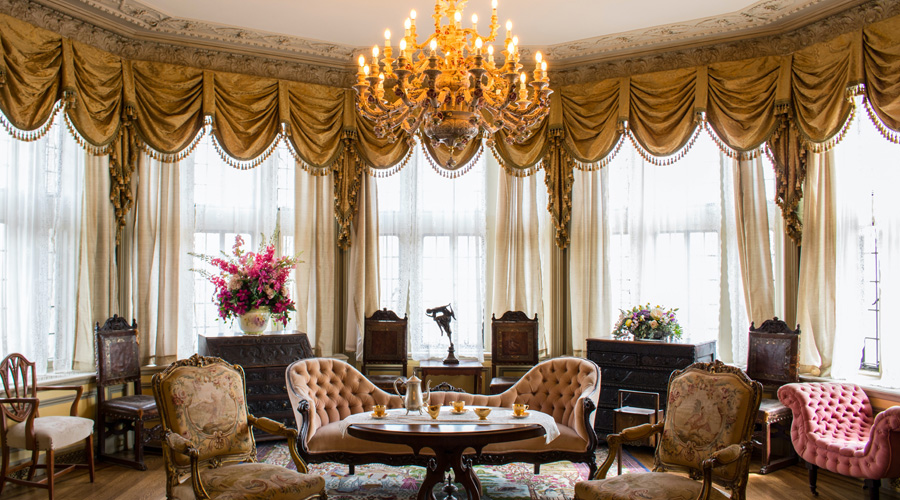
Layout
One of the most noticeable features of a traditional space is its focus on symmetry. Pieces are also typically arranged on a straight line down the center of the room. Sofa, chairs and table will face a fireplace while beds and desks will back up to the rooms longest wall. Art will be hung high, over a mantle and lighting will be even and matched.

Flooring
Hardwood, parquet or polished tile are all common flooring choices for a traditional home. Seek out something that appears handmade or beautifully weathered. Wide plank boards with a hand scraped detailing or dark stain create a simple canvas for showcasing prized furniture or other art pieces.

Window Elements
Dramatic window covers play a big part in setting the tone of the room. Look for something floor length, mounted high with the option to pool on the floor. Traditional box valances, tie-backs, or shutters can also be a smart choices. Layering sheers with heavier fabrics adds more visual interest as well as the option to adjust lighting as needed.
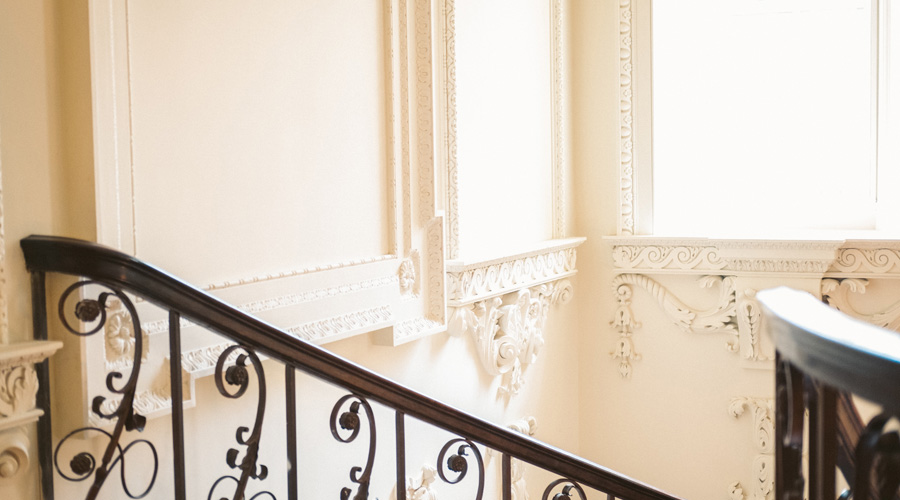
Wood Work and Detailing
Complete your room with extra details and unique elements like chair rails, crown molding or cornices. These can either be painted in a neutral tone like beige, white or grey or stained to match flooring or ceiling details.


